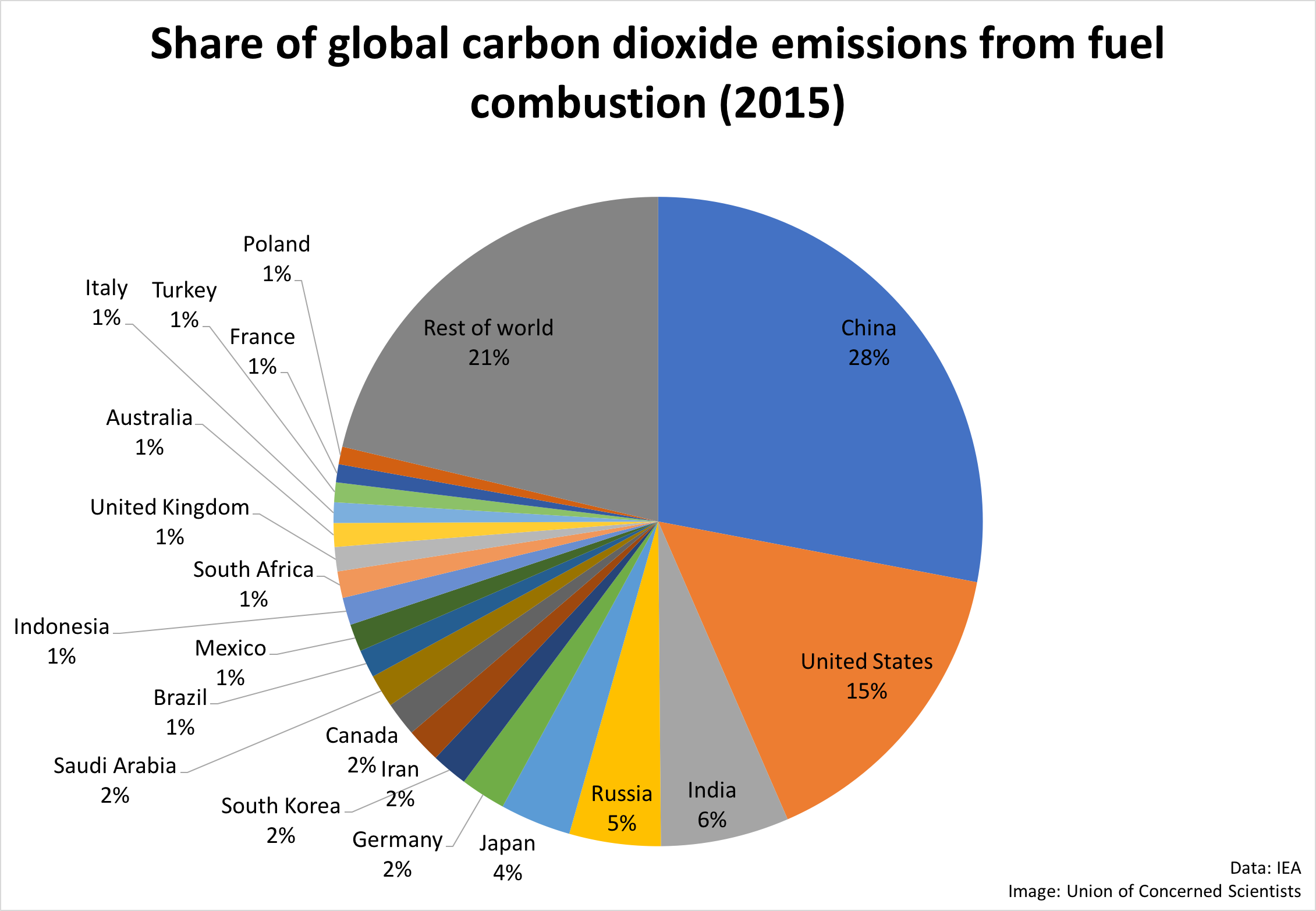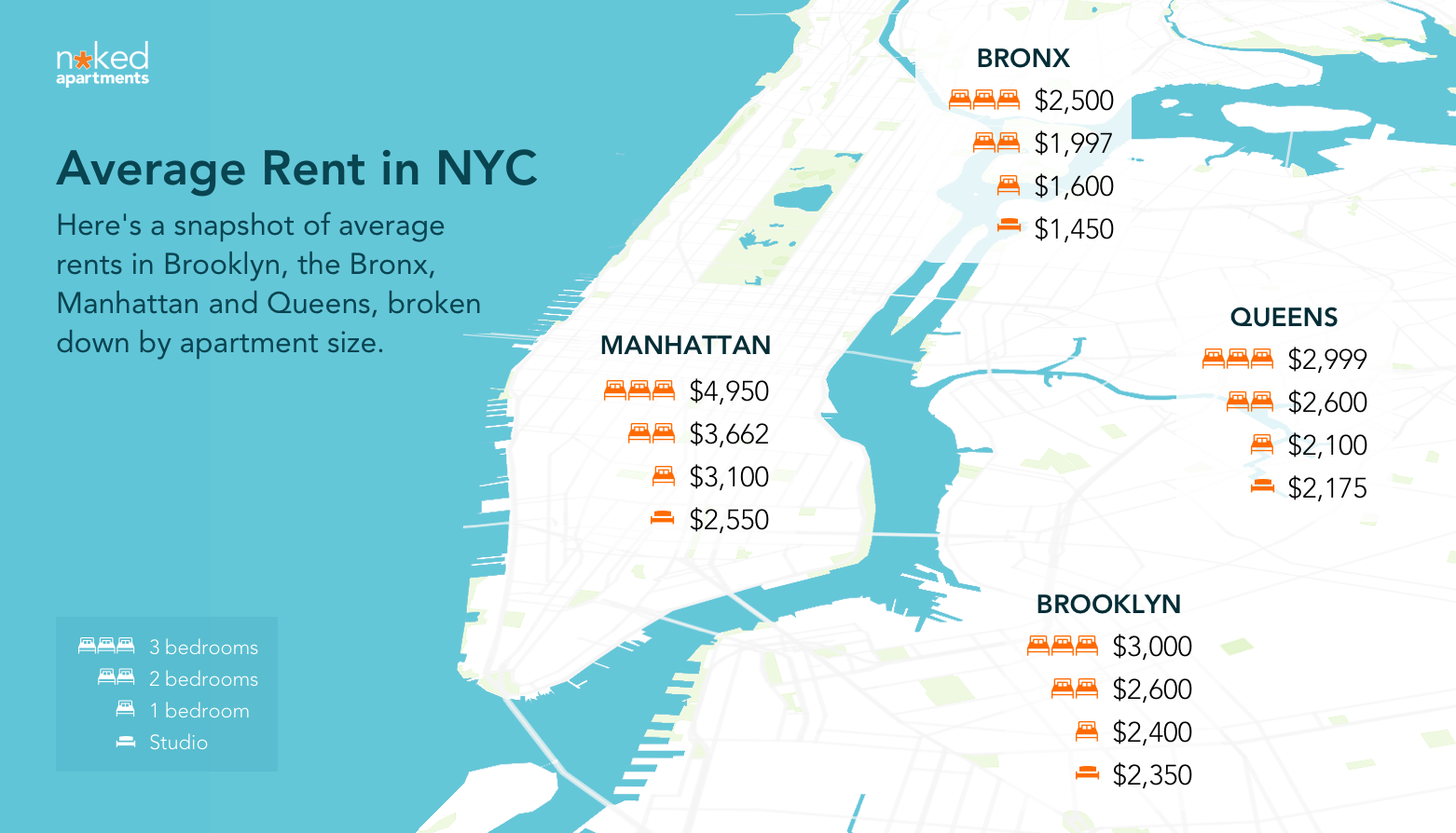ok doser
lifeguard at the cement pond
and...
so, she's going to call for a return to an active selective service operation, a return to the draft, forcing 9% of the population into training centers?
she's going to call for governmental control of industry and raw materials?
here's how it played out back in the early 40's:
AOC is an ignorant child
she reminds me of someone, someone familiar .... :think:
:idea:
5. Comparing Climate Change to World War II
In a speech on her economic plan, Ocasio-Cortez likened combating climate change to the challenge posed by Nazi Germany in World War II, surmising the United States confront the issue with the same amount of resources.
“So we talk about existential threats, the last time we had a really major existential threat to this country was around World War II
well, only if you're too retarded to remember the cold war and the nuclear arms race, mutually assured destruction, duck and cover, etc
, and so we’ve been here before and we have a blueprint of doing this before,” Ocasio-Cortez said, adding:
What we had was an existential threat in the context of a war. We had a direct existential threat with another nation, this time it was Nazi Germany, and the Axis, who explicitly made the United States as an enemy, as an enemy. And what we did was that we chose to mobilize our entire economy and industrialized our entire economy and we put hundreds if not millions of people to work in defending our shores and defending this country. We have to do the same thing in order to get us to 100 percent renewable energy, and that’s just the truth of it.
so, she's going to call for a return to an active selective service operation, a return to the draft, forcing 9% of the population into training centers?
she's going to call for governmental control of industry and raw materials?
here's how it played out back in the early 40's:
War Administration
From the beginning of preparedness in 1939 through the peak of war production in 1944, American leaders recognized that the stakes were too high to permit the war economy to grow in an unfettered, laissez-faire manner. American manufacturers, for instance, could not be trusted to stop producing consumer goods and to start producing materiel for the war effort. To organize the growing economy and to ensure that it produced the goods needed for war, the federal government spawned an array of mobilization agencies which not only often purchased goods (or arranged their purchase by the Army and Navy), but which in practice closely directed those goods’ manufacture and heavily influenced the operation of private companies and whole industries.
Though both the New Deal and mobilization for World War I served as models, the World War II mobilization bureaucracy assumed its own distinctive shape as the war economy expanded. Most importantly, American mobilization was markedly less centralized than mobilization in other belligerent nations. The war economies of Britain and Germany, for instance, were overseen by war councils which comprised military and civilian officials. In the United States, the Army and Navy were not incorporated into the civilian administrative apparatus, nor was a supreme body created to subsume military and civilian organizations and to direct the vast war economy.
Instead, the military services enjoyed almost-unchecked control over their enormous appetites for equipment and personnel. With respect to the economy, the services were largely able to curtail production destined for civilians (e.g., automobiles or many non-essential foods) and even for war-related but non-military purposes (e.g., textiles and clothing). In parallel to but never commensurate with the Army and Navy, a succession of top-level civilian mobilization agencies sought to influence Army and Navy procurement of manufactured goods like tanks, planes, and ships, raw materials like steel and aluminum, and even personnel. One way of gauging the scale of the increase in federal spending and the concomitant increase in military spending is through comparison with GDP, which itself rose sharply during the war. Table 1 shows the dramatic increases in GDP, federal spending, and military spending.
Table 1: Federal Spending and Military Spending during World War II
table doesn't copy - the take- away is this - by the end of the war, defense spending accounted for almost 90% of all federal spending
and how did they pay for it?
Taxation
However, these agencies were often quite successful in achieving their respective, narrower aims. The Department of the Treasury, for instance, was remarkably successful at generating money to pay for the war, including the first general income tax in American history and the famous “war bonds” sold to the public. Beginning in 1940, the government extended the income tax to virtually all Americans and began collecting the tax via the now-familiar method of continuous withholdings from paychecks (rather than lump-sum payments after the fact). The number of Americans required to pay federal taxes rose from 4 million in 1939 to 43 million in 1945. With such a large pool of taxpayers, the American government took in $45 billion in 1945, an enormous increase over the $8.7 billion collected in 1941 but still far short of the $83 billion spent on the war in 1945. Over that same period, federal tax revenue grew from about 8 percent of GDP to more than 20 percent.
Americans who earned as little as $500 per year paid income tax at a 23 percent rate
, while those who earned more than $1 million per year paid a 94 percent rate. The average income tax rate peaked in 1944 at 20.9 percent (“Fact Sheet: Taxes”).
https://eh.net/encyclopedia/the-american-economy-during-world-war-ii/
AOC is an ignorant child
she reminds me of someone, someone familiar .... :think:
:idea:
Spoiler
Last edited:




